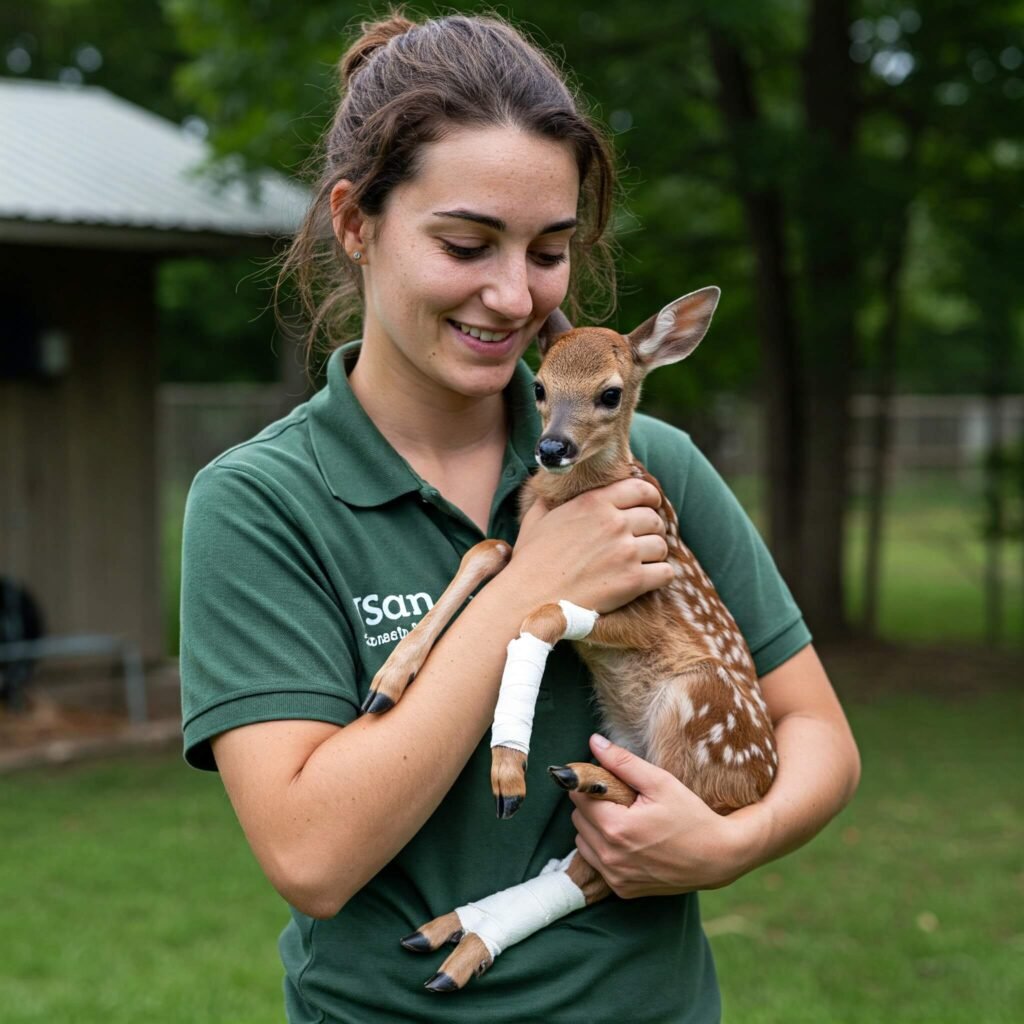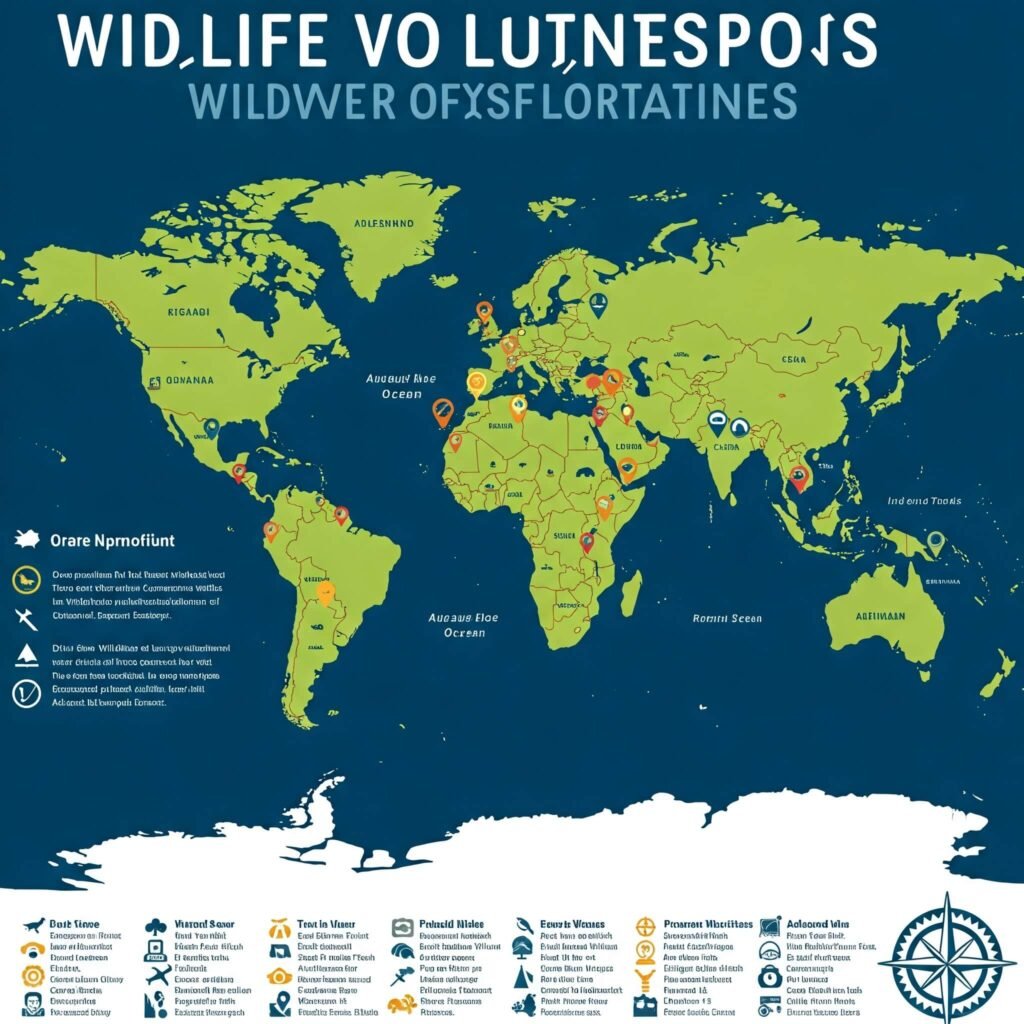If you’re passionate about animals and eager to contribute to their well-being, learning how to volunteer with wildlife can be an incredibly rewarding experience. By dedicating your time and skills, you can directly impact conservation efforts and make a tangible difference in the lives of animals around the world. This guide will walk you through the steps to find meaningful opportunities and ensure your volunteering makes a real impact.

Why Volunteer with Wildlife?
Volunteering with wildlife is more than just a feel-good activity; it’s a crucial part of conservation efforts. Many organizations rely on volunteers to carry out essential tasks, from animal care to habitat restoration. According to the World Wildlife Fund, volunteer efforts significantly contribute to successful conservation projects. Reference Link: worldwildlife.org
- Directly aid conservation projects.
- Gain hands-on experience in animal care.
- Contribute to vital research and monitoring.
- Support wildlife rehabilitation and rescue.
- Raise awareness about environmental issues.
Finding the Right Volunteer with Wildlife Opportunity
Finding the right animal volunteer opportunity is essential for a fulfilling experience. Consider your interests, skills, and availability.
1. Research Organizations:
- Look for reputable organizations with transparent conservation goals.
- Check for certifications and affiliations with recognized conservation bodies.
- Read reviews from past volunteers.
2. Define Your Interests:
- Are you passionate about marine life, primates, or big cats?
- Do you prefer hands-on animal care or fieldwork?
- Do you want to volunteer abroad animals or locally?
3. Consider Your Skills:
- Do you have experience in animal handling, data collection, or education?
- Are you comfortable with physical labor or remote fieldwork?
- Are you proficient in any relevant languages?
4. Check Availability and Commitment:
- How much time can you dedicate to volunteering?
- Are you available for short-term or long-term commitments?
- Can you meet the organization’s physical and logistical requirements?

Types of Volunteer with Wildlife Projects
Volunteering with wildlife comes in various forms, each offering unique experiences and contributions.
1. Wildlife Sanctuaries:
- Assist in the daily care of rescued animals.
- Help maintain habitats and enclosures.
- Educate visitors about conservation.
2. Wildlife Rescue and Rehabilitation:
- Assist in rescuing and transporting injured animals.
- Provide medical care and support during rehabilitation.
- Release rehabilitated animals back into the wild.
3. Conservation Research:
- Participate in fieldwork, collecting data on animal populations.
- Assist in monitoring animal behavior and habitats.
- Contribute to scientific research and publications.
4. Habitat Restoration:
- Plant trees and restore degraded ecosystems.
- Remove invasive species and maintain natural habitats.
- Participate in beach cleanups and marine conservation efforts.
Preparing for Your Wildlife Volunteer Experience
Proper preparation is crucial for a safe and successful conservation volunteering experience.
- Get necessary vaccinations and health checks.
- Pack appropriate clothing and gear for the environment.
- Learn about the local culture and customs.
- Understand the organization’s rules and expectations.
- Prepare for potential challenges and be adaptable.
Making a Real Impact Through Environmental Volunteering
Environmental volunteering goes beyond just helping animals; it’s about contributing to the health of our planet.
- Be a responsible and ethical volunteer.
- Educate others about conservation issues.
- Support local communities and economies.
- Advocate for sustainable practices.
- Continue to support conservation efforts after your volunteer experience.
In conclusion, volunteering with wildlife offers a unique opportunity to make a meaningful difference in the world. By choosing the right project and preparing thoroughly, you can contribute to vital conservation efforts and create lasting positive change.

